The Neanderthal Y chromosome may have been lost due to reproductive barriers with modern humans.
A Native American recently went viral after discovering unusual amount of Neanderthal in his DNA which sparked renewed interest about our ancient genetic roots as several human groups existed in “the land before time.”at the time that the interbreeding of human species still remains an untapped area of research. To make a real conclusion, he said, we need to investigate further and then, a study was published shortly thereafter.
It turns out, the young man who went viral isn’t even that rare. Most of us seem to have a little Neanderthal across our DNA. Research seems to suggest that we split — homo sapiens and Neanderthals — over 500,000 years ago to reunite later on as the two groups migrated to other continents.
That aside, we all get some combination of the X from the male or female parent. The Y, however, only comes from the male. Because of that, the absence of this Neanderthal chromosome might provide a clue of some kind. But then, to even out the playing field, no trace of Neanderthal mtDNA has been found in modern humans either which comes directly from the maternal line, so it seems these cycled out for some reason.The manner in which these two groups united for breeding remains uncertain, with little studied in this aspect of our history.and is related to male fertility, maybe these hybrid male offspring did experience issues due to the genetic meeting of the two groups.
DNA History Neanderthals Science
United Kingdom Latest News, United Kingdom Headlines
Similar News:You can also read news stories similar to this one that we have collected from other news sources.
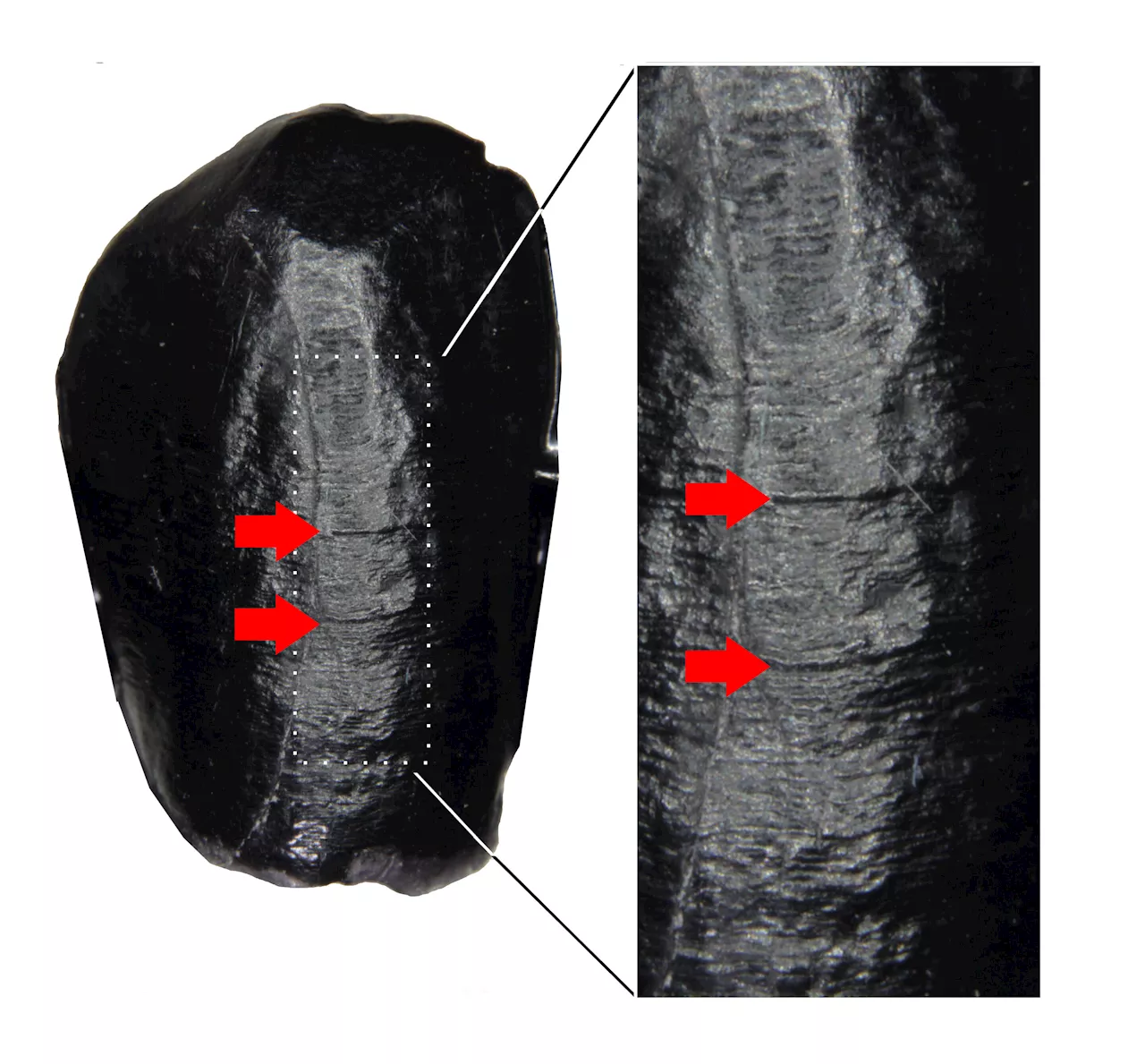 Dental enamel study suggests differences in Neanderthal and Paleolithic human childhood stressNeanderthal children (who lived between 400,000 and 40,000 years ago) and modern human children living during the Upper Paleolithic era (between 50,000 and 12,000 years ago) may have faced similar levels of childhood stress but at different developmental stages, according to a study published in Scientific Reports.
Dental enamel study suggests differences in Neanderthal and Paleolithic human childhood stressNeanderthal children (who lived between 400,000 and 40,000 years ago) and modern human children living during the Upper Paleolithic era (between 50,000 and 12,000 years ago) may have faced similar levels of childhood stress but at different developmental stages, according to a study published in Scientific Reports.
Read more »
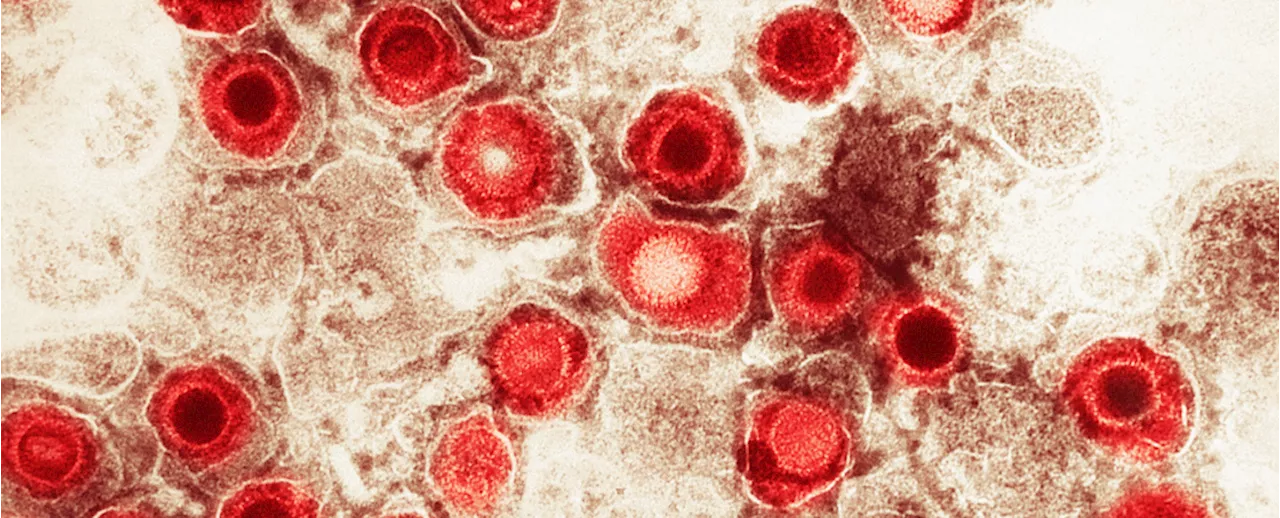 Oldest Known Human Viruses Found in 50,000-Year-Old Neanderthal BonesThe Best in Science News and Amazing Breakthroughs
Oldest Known Human Viruses Found in 50,000-Year-Old Neanderthal BonesThe Best in Science News and Amazing Breakthroughs
Read more »
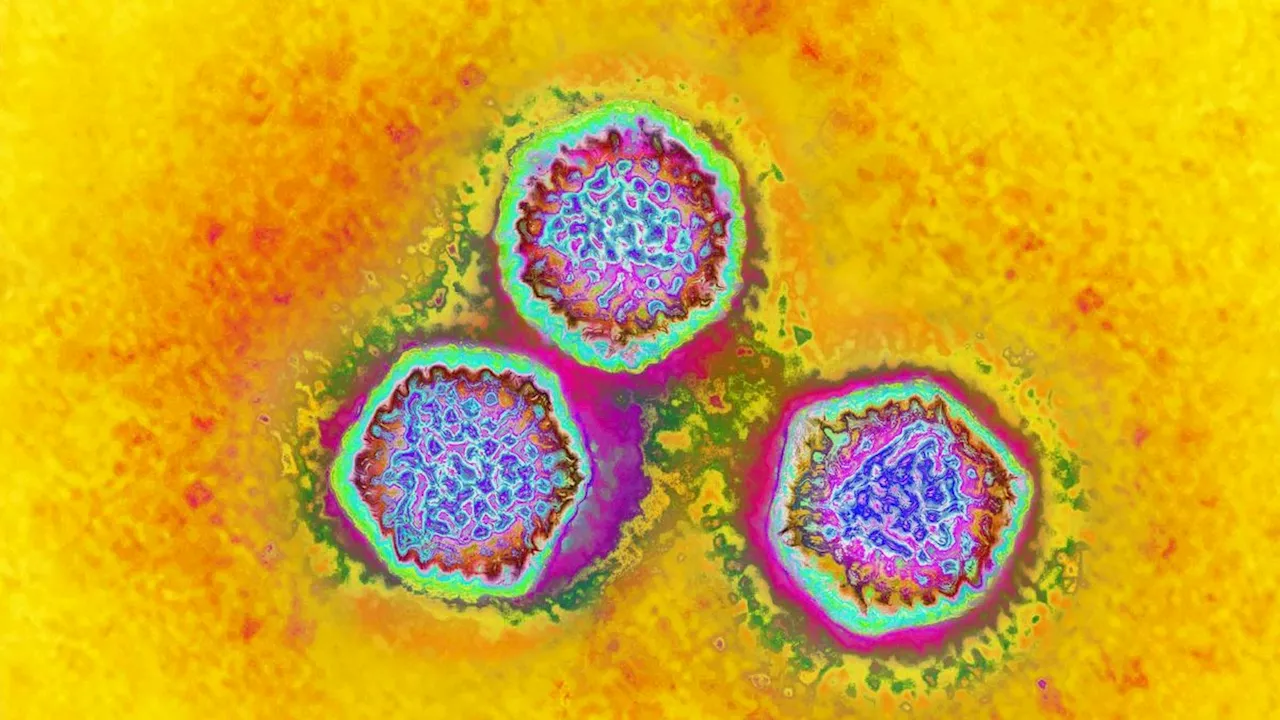 50,000-year-old Neanderthal bones harbor oldest-known human virusesEmily is a health news writer based in London, United Kingdom. She holds a bachelor's degree in biology from Durham University and a master's degree in clinical and therapeutic neuroscience from Oxford University. She has worked in science communication, medical writing and as a local news reporter while undertaking journalism training.
50,000-year-old Neanderthal bones harbor oldest-known human virusesEmily is a health news writer based in London, United Kingdom. She holds a bachelor's degree in biology from Durham University and a master's degree in clinical and therapeutic neuroscience from Oxford University. She has worked in science communication, medical writing and as a local news reporter while undertaking journalism training.
Read more »
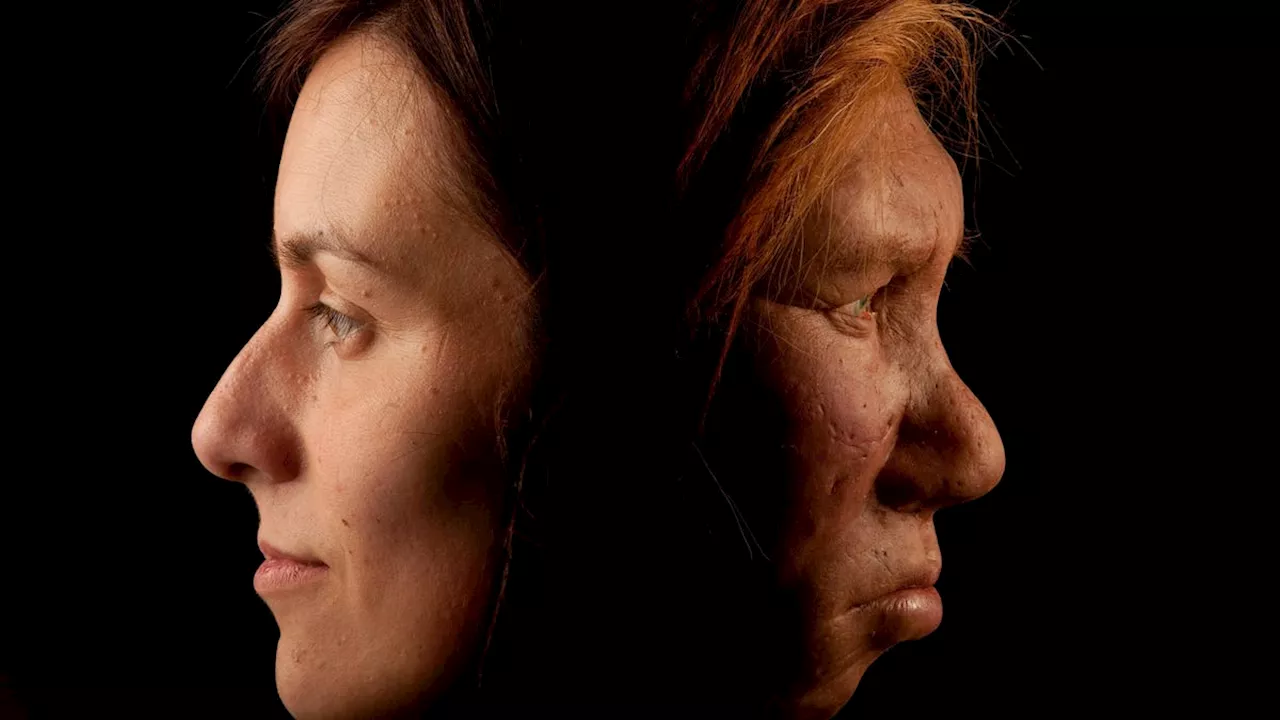 Neanderthal Bones Reveal Presence of Ancient Human VirusesOur closest cousins carried some of the same pathogens we did, many of which are still around today.
Neanderthal Bones Reveal Presence of Ancient Human VirusesOur closest cousins carried some of the same pathogens we did, many of which are still around today.
Read more »
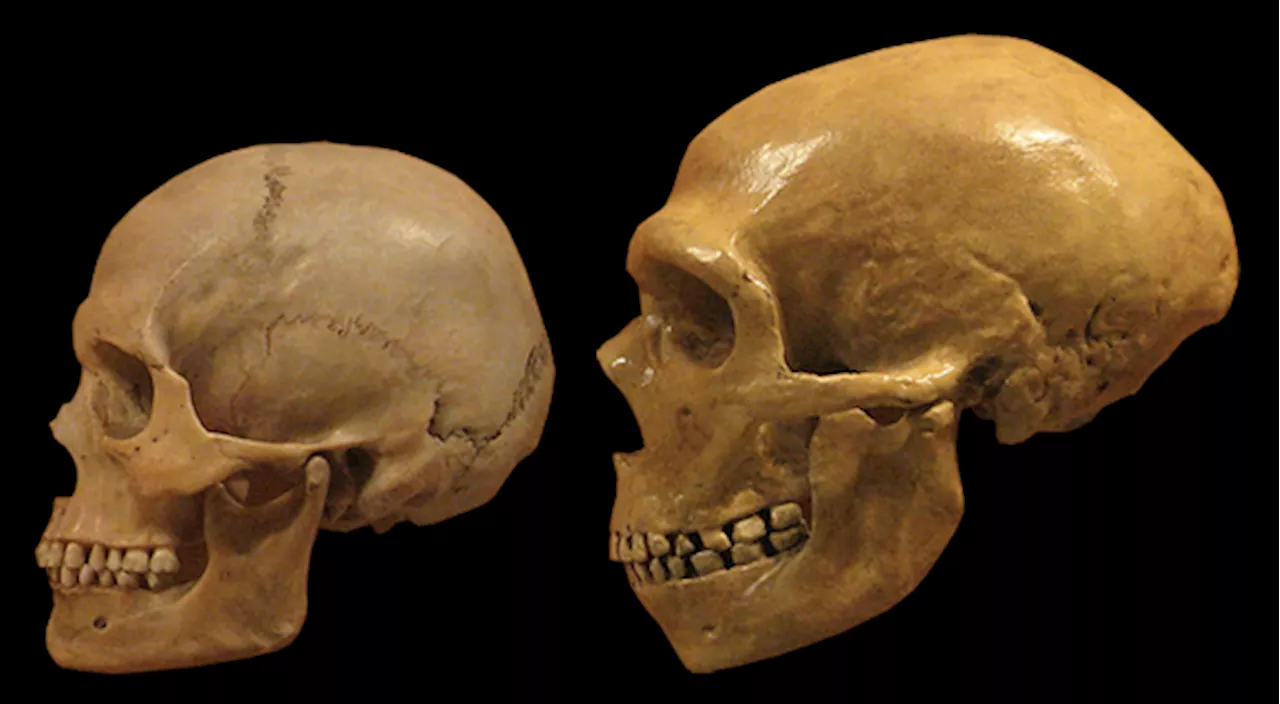 How Neanderthal language differed from modern human—they probably didn't use metaphorsThe Neanderthals (Homo neanderthalensis) fascinate researchers and the general public alike. They remain central to debates about the nature of the genus Homo (the broad biological classification that humans and their relatives fall into). Neanderthals are also vital for understanding the uniqueness or otherwise of our species, Homo sapiens.
How Neanderthal language differed from modern human—they probably didn't use metaphorsThe Neanderthals (Homo neanderthalensis) fascinate researchers and the general public alike. They remain central to debates about the nature of the genus Homo (the broad biological classification that humans and their relatives fall into). Neanderthals are also vital for understanding the uniqueness or otherwise of our species, Homo sapiens.
Read more »
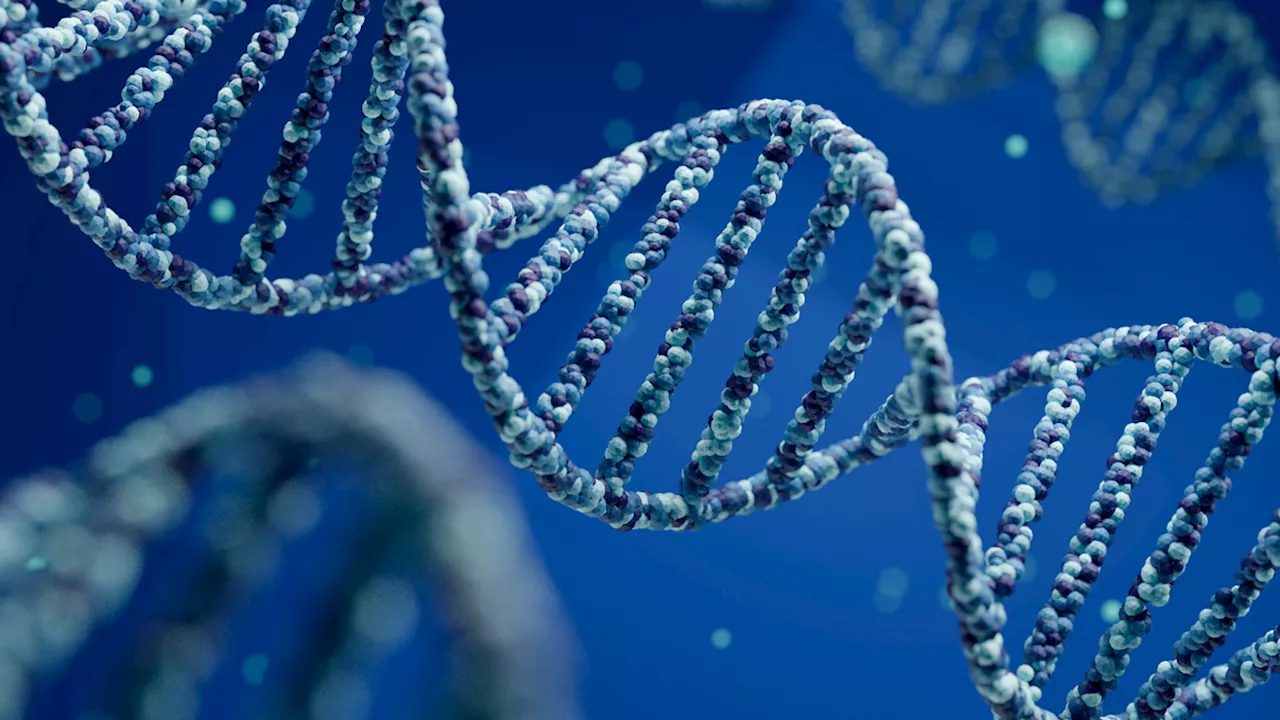 10 unexpected ways Neanderthal DNA affects our healthEmily is a health news writer based in London, United Kingdom. She holds a bachelor's degree in biology from Durham University and a master's degree in clinical and therapeutic neuroscience from Oxford University. She has worked in science communication, medical writing and as a local news reporter while undertaking journalism training.
10 unexpected ways Neanderthal DNA affects our healthEmily is a health news writer based in London, United Kingdom. She holds a bachelor's degree in biology from Durham University and a master's degree in clinical and therapeutic neuroscience from Oxford University. She has worked in science communication, medical writing and as a local news reporter while undertaking journalism training.
Read more »
